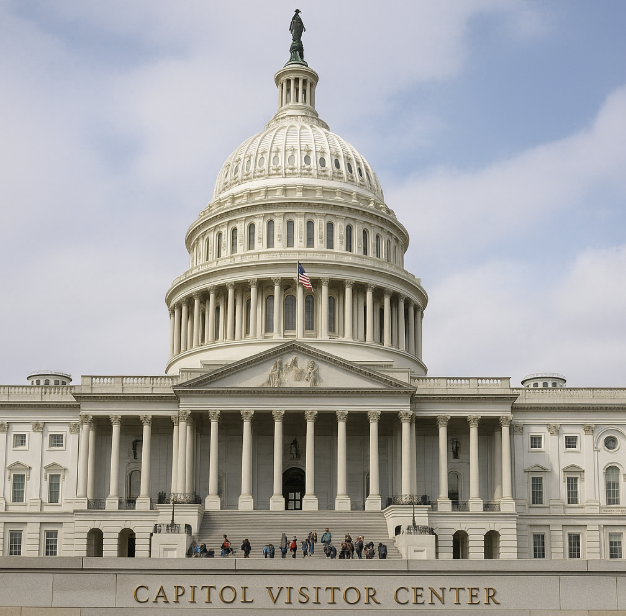The federal government began reopening Thursday morning after President Donald Trump approved a funding bill that brought an end to a prolonged shutdown lasting forty three days. The measure cleared both chambers of Congress earlier in the week, with the House passing the legislation Wednesday in a closely watched vote.
Federal agencies had been partially or fully closed since early October, a lapse that sent ripple effects through the country. Hundreds of thousands of government employees went without pay, food assistance programs faced interruptions, and air travel slowed as controllers and other essential staff attempted to work through mounting strain.
In a late night ceremony at the White House, Trump signed the bill and called for changes to prevent future shutdowns. He stated that the drawn out standoff created unnecessary hardship for workers who carried out their duties even while paychecks were delayed.
The funding measure extends money for most departments until January 30. Several agencies responsible for agriculture, veterans services, and congressional operations received longer term funding through the end of the next fiscal year. The legislation also guarantees back pay for all affected federal workers, with most expected to receive their first payments within days.
The lengthy closure caused disruptions that stretched far beyond federal buildings in Washington. Museums, national parks, and research institutions closed their doors as stopgap funds ran out. Small businesses that rely on federal contracts reported sharp losses. Airports around the country operated on reduced schedules as some essential personnel called in sick due to financial strain, prompting flight cancellations and delays.
The economic damage remains under review. Private analysts have estimated large weekly losses tied to reduced consumer spending, suspended contracts, and weakened travel demand. Some economists warned that data for the final quarter of the year may show slower growth than earlier forecasts.
As government operations restart, agencies are working through large backlogs. The release of economic reports from several statistical offices will now resume, although some missed data for October may never be reconstructed. The Smithsonian museums and other major attractions will reopen in staggered phases, with the National Museum of American History and the Air and Space Museum expected to welcome visitors first.
The political fallout remains complex. The Senate deal that ended the shutdown followed weeks of pressure from constituents, federal unions, and business groups. Democrats had sought to use the funding debate to push for an extension of health insurance tax credits that expire at the end of the year. While the credits were not included in the funding bill itself, Senate leaders agreed to hold a separate vote in December.
The legislation also contains a contentious provision allowing senators to pursue damages if investigators obtained their phone records without prior notice in previous years. Several House members criticized the inclusion of that language and pledged to seek its removal in later bills.
For now, the priority for most federal employees is simply returning to their offices and restarting normal routines. After six weeks of uncertainty, paychecks are being processed, airports are scaling operations back up, and public institutions are preparing to reopen their doors.
